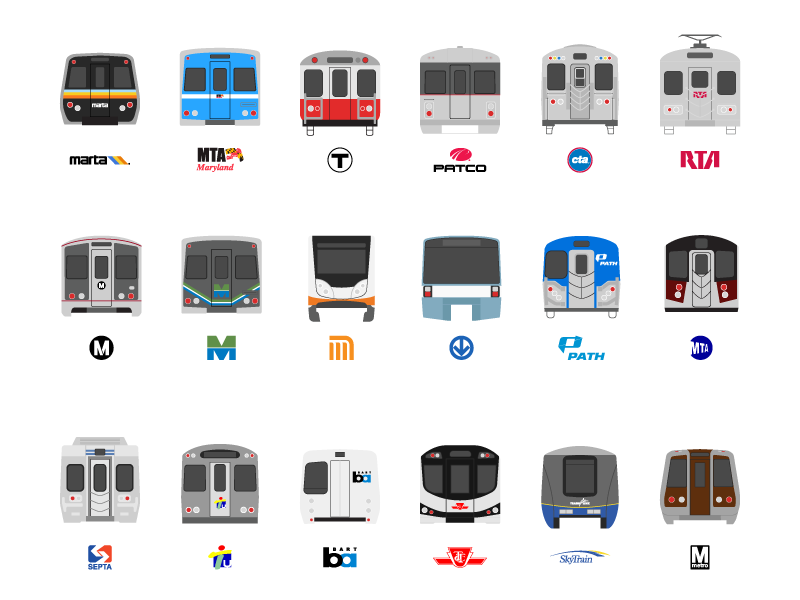I like names that speak to the character and history of the area for sure. Victoria Memorial Park and the Wheat Sheaf are probably the most important landmarks near King and Bathurst, especially since there are War of 1812 military tombstones in the park. I like Victoria Memorial Park as a name. The most important historical features near Queen and Spadina are probably the old textile warehouses, The Grange (1818), and the Black Bull (1822). It's not in China Town, though John Street nearby is the biggest media centre in the country (National Film Board of Canada, Toronto Film Festival, CBC, AGO, City TV, Bravo, CTV, etc.). Call it McLuhan Station and you capture the area's media arts energy and a world famous Toronto icon, Marshall McLuhan.

